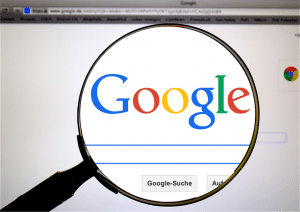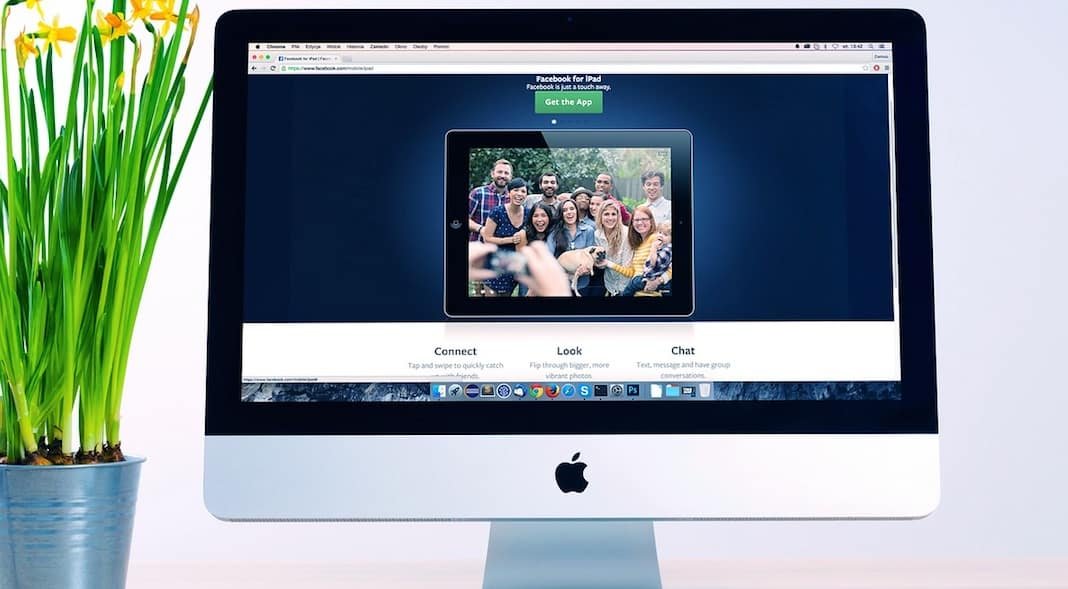5 Ways the Internet Changed Plagiarism
How the web changed content theft...
 The internet has changed virtually every aspect of our lives. From how we do business to how we fall in love, the internet has left no part of our lives untouched.
The internet has changed virtually every aspect of our lives. From how we do business to how we fall in love, the internet has left no part of our lives untouched.
Plagiarism is no different.
However, the the impact of the internet on plagiarism has been widely misunderstood. The internet didn’t create the problem of plagiarism, it merely changed it.
Plagiarism, contract cheating, citation standards issues and plagiarism education were all challenges before the internet, the shape of them just changed.
With that in mind, let’s take a look at just how the internet did change plagiarism and then, in a later post, we’re going to take a look at how plagiarism will likely continue to shift moving forward.
1: It Made Plagiarism Easier
 The most obvious way that the internet changed plagiarism is that it made plagiarism easier.
The most obvious way that the internet changed plagiarism is that it made plagiarism easier.
This, in turn, had two separate impacts. First is that it made plagiarism more common or at least increased its temptation. Anytime you make something easier more people will do it.
However, it also shifted the reasons that people, in particular students, plagiarize.
Prior to the internet and especially before word processing, plagiarism was almost as labor-intensive as producing original work. Plagiarism was an unethical tool to shore up perceived writing weaknesses rather than a mere shortcut.
Thanks to the internet, that has changed. While many do plagiarize out of concern over the writing, it’s far more common to see plagiarism caused by laziness, poor time management and generally not caring about the project.
By putting the world’s information at everyone’s fingertips, the internet made it easier to plagiarize that information and we have all felt the repercussions of that.
2: It Made Detecting Plagiarism Easier
 For plagiarism, the internet has been a double edged sword. It made committing plagiarism much easier but it also made plagiarism detection much easier.
For plagiarism, the internet has been a double edged sword. It made committing plagiarism much easier but it also made plagiarism detection much easier.
Prior to the internet, searching for plagiarism was extremely difficult. An episode of Cheers did a great job explaining how complicated it could be. To catch a plagiarist they either had to be very bad, you had to get very lucky or had to work tirelessly at it.
However, the rise of search engines made it easier than ever to find and detect verbatim plagiarism. It also gave rise to services, such as Turnitin and CopyScape, dedicated to detecting plagiarism.
This ease of detection has blunted what could have an explosive growth in plagiarism. It also makes it difficult to tell how much of the apparent uptick in plagiarism is due to more plagiarists or simply better detection.
Still, the internet has made plagiarism detection much easier and given rise to a whole new industry dedicated to it. That is a very significant change that can not be overstated.
3: The Growth of Contract Cheating
 To be clear, contract cheating (including essay mills) were a problem before the internet. Ads for such services were often in the back of publications targeted at students.
To be clear, contract cheating (including essay mills) were a problem before the internet. Ads for such services were often in the back of publications targeted at students.
However, the internet was a revolution to the industry. Not only did it make it possible for students to buy essays online, it’s made it possible for those essay mills to contract the writing with authors all over the world.
This has brought the costs of buying an essay down and raised the convenience. Couple that with the rise in plagiarism detection tools, essay mills have rapidly become a go-to source for students who want to cheat.
While the severity of the threat is still hotly debated, there’s a very good reason why it’s now that the United Kingdom is looking to crack down on such services through legislation. This was not something they were interested in 30 years ago.
Contract cheating has also spread to otherwise legitimate sites such as Fiverr and Freelancer.com, this gives contract cheating an appearance of legitimacy it didn’t have in decades gone by.
This is clearly a growing issue and one that’s not going to leave the headlines anytime soon.
4: New Standards of Citation
 Social media and blogging are just two examples of new types of writing invented by and for the internet.
Social media and blogging are just two examples of new types of writing invented by and for the internet.
As we looked at in the article on attribution and citation on Twitter, these new formats come with new challenges with regards to citation. Those challenges create a shifting attribution standard, one that mixes community expectations and technical limitations.
As the internet has created new types of writing with new citation standards, students are now being tasked to master multiple types of citation styles. When and how one cites is very different on Facebook than it is in an essay and many students are getting their education on citation from social media rather than the classroom.
Before the internet, students weren’t likely to be publishing writing anywhere else. Their first experience with citation standards was the classroom but that is rapidly changing. Instructors can respond to this either by teaching about citation at a younger age or using Facebook/Twitter as constructive examples to compare and contrast with.
Regardless, the internet has created new standards of citations, standards that are in constant flux, and that creates new challenges for students and instructors alike.
5: It Began the Conversation
 Perhaps the most important way the internet changed plagiarism is that it began the public conversation on it.
Perhaps the most important way the internet changed plagiarism is that it began the public conversation on it.
Before the internet, plagiarism was something rarely thought about outside of academia. But even inside the classroom it wasn’t as much a conversation topic. There were no services to detect plagiarism, no repeated warnings about plagiarism, just a policy and a citation standard that was enforced.
The increased focus on plagiarism in the classroom has led to a greater focus outside of it. Couple that with the fact that everyone on the internet is a publisher theoretically capable of reaching millions of people and we have more situations that call for us to think about how and when we cite.
That has made it necessary to have a public conversation about plagiarism and attribution. Unfortunately, that conversation hasn’t always been useful as anyone who watches the “Plagiarism” hashtag on Twitter can attest.
Still, the fact that so many people are thinking and talking about plagiarism is a major shift. What was once an issue solely for students, researchers, journalists and professional writers has become a much broader topic.
Plagiarism is now a worry we all share, whether we like it or not.
Bottom Line
There’s no doubt that the internet has changed plagiarism. It revolutionized the way we create and distribute content so it’s only logical it would change the way we steal it too.
But that change is often misunderstood. Some treat plagiarism as if it were an invention of the internet, though that clearly is not true. As one study found, plagiarism was sometimes just as prominent or even more prominent before the internet than after, at least in certain kinds of writing.
Still, the main thing to remember about the internet’s impact on plagiarism is that the impact is still ongoing. As the internet changes, so to will its role in plagiarism.
This article, if written ten years in the future, could look very different. But predicting that means first being able to predict the internet and that has proved a vexing task for all that have tried.
Still, one thing is clear: The internet will change and those changes will impact plagiarism, both in and out of the classroom.
Disclosure: I am a paid consultant for Turnitin.
Want to Reuse or Republish this Content?
If you want to feature this article in your site, classroom or elsewhere, just let us know! We usually grant permission within 24 hours.
